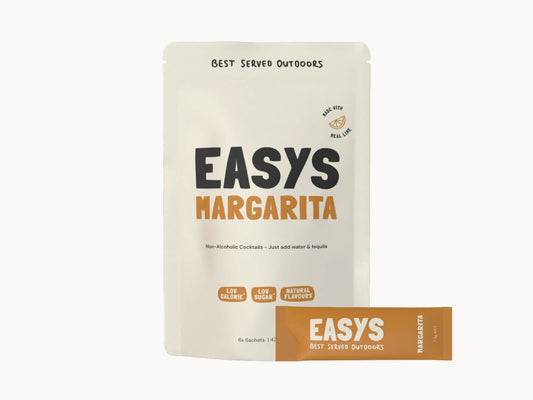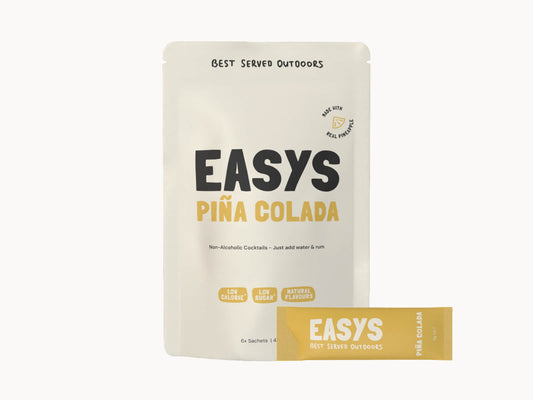
Whanganui Journey: A River Adventure
The Whanganui Journey is a 5-day river adventure that offers a unique way to experience New Zealand’s wilderness. Paddling through lush forests and past historic sites, this canoe or kayak trip is a journey like no other.
-
About the Whanganui Journey
- Track Type: 88km or 145 km One-way (canoe or kayak)
- Sleeping: Hut or Camping
- Start & End Point: Taumarunui – Pipiriki
- Difficulty: 3/5
- Fitness Rating: Moderate
- Trip Length: 5 days
- Best Time of Year to Go: November – April
- Track Type: 88km or 145 km One-way (canoe or kayak)
-
How to book the Whanganui Journey
Department of Conservation websiteVisit the Department of Conservation (DOC) website to learn more about when you can book your trip, and anything else you need to know.
Into the Wilderness
Your adventure begins as you launch your canoe or kayak onto the Whanganui River. As the water gently flows beneath you, the riverbanks reveal dense forests, towering trees, and the occasional waterfall. The journey is peaceful, with the occasional rapids adding a bit of excitement.
Trail Tip: Always check with the Department of Conservation for river levels and safety updates before your trip, as the water flow can vary.

Exploring the River and Beyond
Day two of your journey takes you further into the heart of the wilderness, where the river becomes a true artery through the landscape. The ancient forests lining the riverbanks create a sense of isolation and tranquility, and as you paddle, you’ll pass several historic sites that tell the story of the river’s cultural importance. There are also plenty of opportunities to spot native wildlife, making each day’s journey unique.
What to Pack for New Zealand's Great Walks
New Zealand’s Great Walks are stunning, but they’re no stroll in the park. The weather can change fast, huts vary in what they offer, and you’ll burn a heap of calories each day — so packing right makes all the difference. Here’s a practical list based on what we actually take tramping.
Essential Gear
Stick to the basics and don’t overpack — weight adds up fast. Bring only what you’ll actually use and make sure it holds up in wet, cold, and muddy conditions.
- Backpack (40–60L) – Comfortable and supportive. You’ll feel every gram on long climbs.
- Rainproof pack cover or liner – Expect rain. Keep your gear dry inside your pack.
- Sleeping bag – Lightweight but warm enough for cold hut nights.
- Cookware – Most huts have gas and stoves (but check with DOC); just bring pot, bowl, mug, and a spork.
- Head torch – More reliable than your phone light, especially for late-night toilet runs.
- Water bladder or drink bottle – Stay hydrated across long days on the trail.
- Water filter or tablets – Streams are usually safe but better to treat when unsure.
- First aid kit – Include blister gear, painkillers, antiseptic, and plasters.
- Map or topo – Phone GPS can die; printed maps always work.
- Microfibre towel – Quick drying and lightweight for hut use.
- Ziplocks or dry bags – For dirty clothes, food, and rubbish (which you must carry out).
- Ear plugs – Huts get loud. Snoring is guaranteed.
Clothing (Layer Up!)
Keep it simple: one set of hiking gear, one set of clean gear for huts. Use merino where possible — it’s warm, lightweight, and doesn’t stink.
- Thermal base layers (top & bottom) – For warmth at night or in cold weather.
- Waterproof rain jacket – Essential year-round. Weather changes fast.
- Down jacket or fleece – Adds warmth in huts or cold evenings.
- Merino t-shirt – Breathable and odour-resistant for hiking days.
- Hiking socks & undies – Bring spares. Dry feet = happy feet.
- Shorts / swimwear – Optional, but nice for river dips or warm days.
- Warm hat, sun hat & gloves – Cover both ends of the weather spectrum.
- Hiking boots – Waterproof and broken-in to avoid blisters.
- Jandals/slides – For relaxing in the hut and airing out feet.
Food
Bring enough for every day plus one extra — and don’t underestimate how much you’ll eat. You'll be burning through energy fast.
- Dehydrated meals – Lightweight and easy to cook in huts.
- Oats or muesli – Reliable breakfast that packs small.
- Wraps with PB&J – No refrigeration needed and calorie dense.
- Bars, trail mix – Great for snacking between stops.
- Coffee or tea – For morning motivation and hut chill time.
Nice-to-haves
Not essential, but these can make your trip more comfortable if you have the space.
- Power bank & charging cable – For your phone, GPS, or headlamp if rechargeable.
- Sleeping bag liner – Adds warmth and keeps your bag clean.
- Book or cards – Helps pass time at the hut without reception.
Toiletries
Go lightweight, but don’t skip the essentials. Keep it all together in a dry bag or ziplock.
- Toothbrush & toothpaste
- Deodorant
- Sunscreen – The UV in NZ is no joke, even when it’s cloudy.
- Insect repellent – Sandflies are brutal in forested and coastal areas.
- Hand sanitiser
- Vaseline or anti-chafe cream
For the end of the day
There’s nothing better than reaching the hut after a solid day on the trail. Whether you’re drying your boots by the fire, sitting beside a lake, or watching the sunset from a ridgeline — it’s the perfect time to crack an Easys.
Easys are lightweight powdered cocktails made for the outdoors. Just add water (and a splash of spirits if you want) and you’ve got yourself a refreshing drink — no heavy bottles needed. Easy to carry. Easy to make. Bloody good at the end of a hike.
-
Mojito - 6 Pack
5.0 / 5.0
(8) 8 total reviews
Regular price $19.99 NZDRegular priceUnit price / per -
Margarita - 6 Pack
5.0 / 5.0
(6) 6 total reviews
Regular price $19.99 NZDRegular priceUnit price / per -
Piña Colada - 6 Pack
4.86 / 5.0
(7) 7 total reviews
Regular price $19.99 NZDRegular priceUnit price / per
book your great walk
Find more information about New Zealand's Great Walks on the Department of Conservation's website. From here, you'll find everything you need about booking tracks. We'll see you out there!


